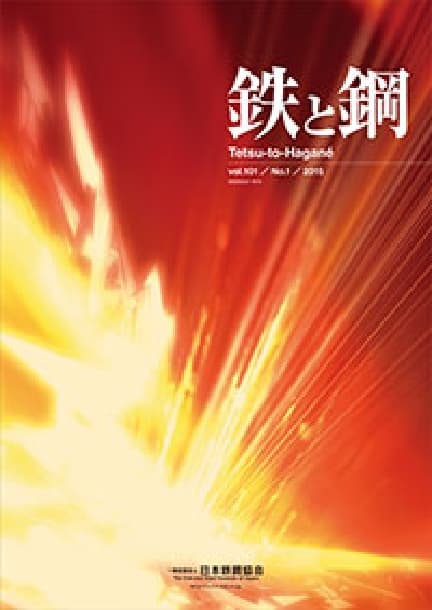A coagulation phenomenon is one of important inclusion behaviors in molten steel. It is widely recognized that alumina inclusions aggregate each other, which result in harmful defects in final products. In addition, alumina inclusions often collide with different type inclusions such as slag droplets generated from the slag-metal interface or other oxide particles formed by the complex deoxidation. These types of coagulation, “hetero-coagulation”, are closely related to the means for removal and control of inclusions. Therefore, it is valuable to establish a kinetic model of hetero-coagulation, which is not well developed until now.
In the present study, the hetero-coagulation model based on the Smoluchowski’s population balance equation has been developed. Particularly, the present work has focused on a turbulent hetero-coagulation behavior considering the practical steelmaking processes. A new method, called Particle-Size-Grouping for Hetero-coagulation (PSGH) method, has been established, which enables a considerable reduction of a calculation load for the hetero-coagulation with complete conservation in total particle volume. This method has been verified by the comparison with the exact solution of the population balance equation for hetero-coagulation. The change in particle number density with time calculated by PSGH method agreed with that of the exact solution.










